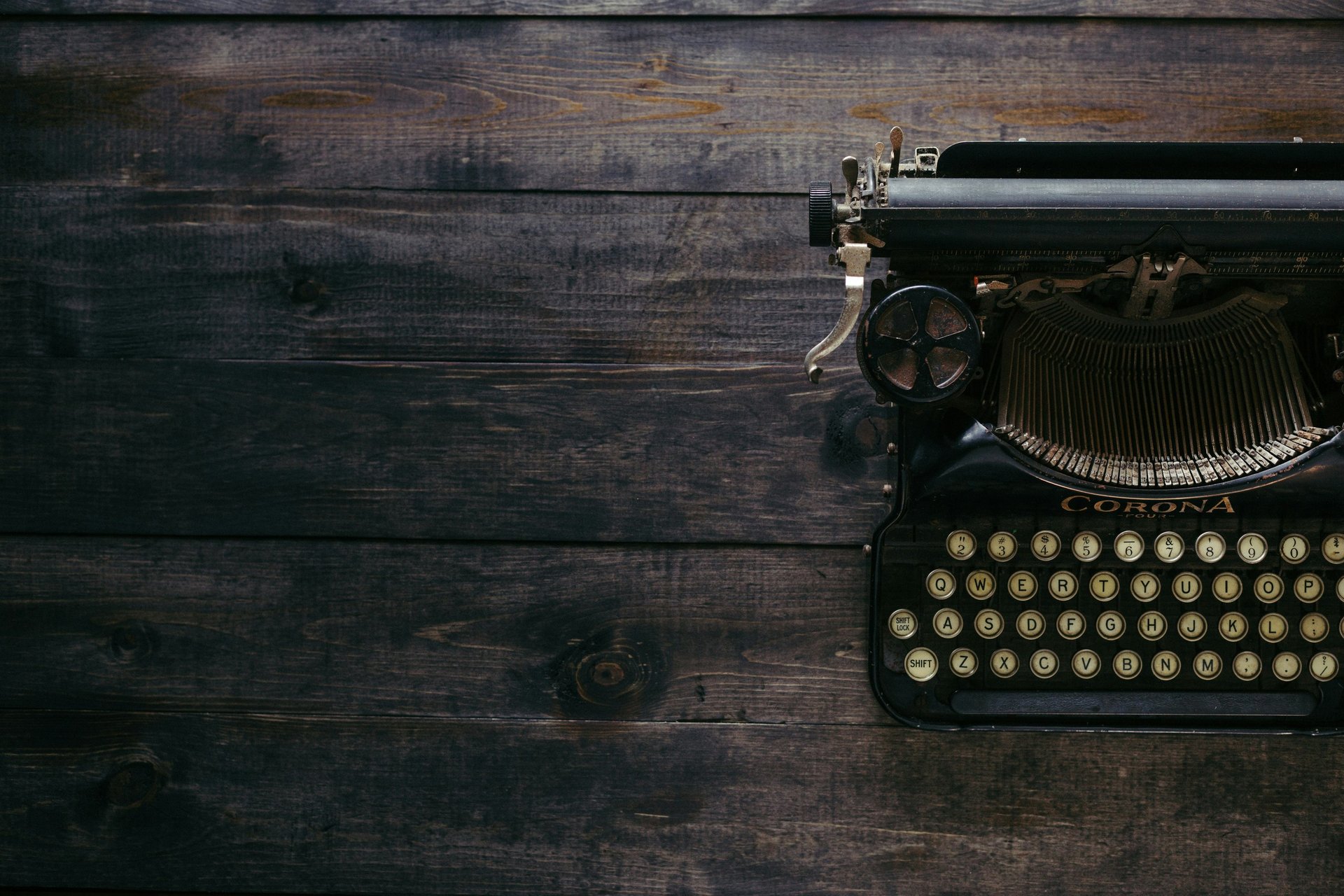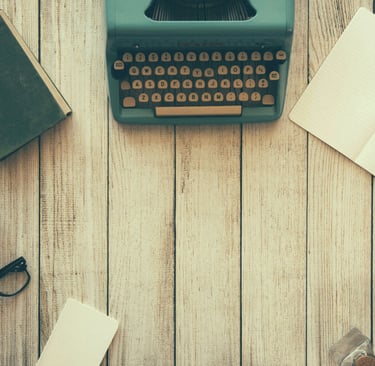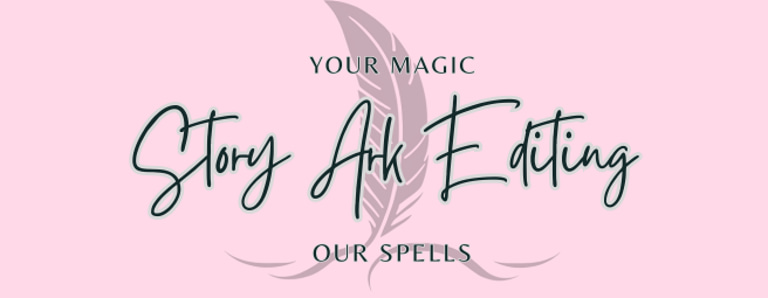
The Self-Editing Glow-Up: An Essential Guide for Authors to Elevate Their Manuscript to the Next Level
Ready to transform your rough draft into a polished masterpiece? In The Self-Editing Glow-Up, discover essential self-editing tips that will help you refine your plot, enhance character development, and catch pesky grammar hiccups. This guide offers practical strategies, from giving your manuscript breathing space to creating a detailed glow-up checklist, empowering you to elevate your writing. Whether you’re an experienced author or just starting out, this post is perfect for anyone looking to embark on a self-editing journey that makes your manuscript shine!
Kriti Tripathi
10/26/20246 min read


The Self-Editing Glow-Up: An Essential Guide for Authors to Elevate Their Manuscript to the Next Level
Have you ever looked at your manuscript and thought, “This could use a little magic”? Or maybe even, “If I have to read this one more time, I might scream”? Believe me, every writer knows this feeling. You’re so close to the finish line, but somehow, the sparkle isn’t quite there yet. That’s where self-editing comes in—a bit like the last-minute check in the mirror before a big night out. You’ve done all the hard work (hello, plot and characters!), but now it’s time to add those little details that take things from “okay” to “can’t-look-away” fabulous.
But let’s be honest: transforming your manuscript takes more than a quick fix; it demands time, care, and a bit of patience. Think of it as refining a precious stone—it’s already beautiful in its raw state, but a bit of polish brings out the brilliance. Self-editing lets you elevate your words to their best possible version, removing rough edges and, let’s face it, a few awkward sentences that seemed like a good idea at 2 a.m.
This guide will walk you through self-editing tips that can give your draft that much-needed glow-up. We’ll go over ways to find hidden gems, smooth out pesky plot holes, and catch those sneaky grammar hiccups—all while keeping your unique voice intact. Grab your drink of choice (coffee, tea, or a little celebratory wine for the brave), and let’s start the journey to transform your manuscript into the showstopper it was meant to be.
1. The Glow-Up Begins: Why Self-Editing Matters
Self-editing is like that first round of magic on your manuscript. It’s where you swap out the sweats for something with a little more sparkle and prepare your “book baby” for its big debut. And while you might feel a bit like an overprotective parent, it’s time to let go just a little. You’ve nurtured it, whispered sweet nothings to it, and maybe even shed a tear or two over its quirks. But self-editing is your chance to elevate that “baby” into a polished gem, ready to dazzle.
Think of self-editing as the first step, while professional editing is bringing in the glam squad. A professional editor has the experience and eye for details that you might miss after staring at your manuscript so long you start seeing double. So, as you roll up your sleeves, remember—self-editing is your chance to shine before passing it off to the pros.
2. The Great Escape: Give Your Manuscript Some Space
Before diving into self-editing, give your manuscript a mini-vacation. Think of it as a breather—not for it, but for you. Maybe it’s a week, maybe it’s just a few days—whatever gives you distance from those words you’ve practically memorized. It’s like finishing a high-intensity workout. Do you immediately jump into another set of squats? No way! You need to catch your breath. Your manuscript does too.
Step back and give yourself time to see the whole picture so that when you’re ready to return, you’ll actually have the energy to face those plot holes that seemed invisible just days ago. Think of this break as inviting a new (and sometimes harsher) critic into the room, one who can finally say, “Wait...did my character just fall in love out of nowhere?” Your future readers will thank you.
3. The Glow-Up Checklist: Key Areas for Your Manuscript Makeover
Now that you’ve had some space, it’s time to dive back in and face the music. Here’s your glow-up checklist to make your manuscript shine.
Content and Structure: Filling in the Gaps
Picture your story like a buffet. If there’s a big hole where a dish should be, guests are going to notice. Same with plot holes. Does each chapter flow logically to the next? Are your twists surprising but still believable? Give your readers the satisfying plot arcs they crave, not the mystery of a story element that just...vanished.
Character Development: Bring Your Cast to Life
Your characters are the stars, but are they dazzling or a bit dim? A two-dimensional character is like an extra in a movie—visible but ultimately forgettable. Give them quirks, fears, and motivations so readers feel like they could have coffee with them. If you’ve got a hero who’s still charmingly perfect by Chapter 20, consider throwing in a little flaw or challenge to keep things real. Remember, readers want a hero who stumbles, not one who never trips.
Clarity and Conciseness: Less Is More (Usually)
This is the equivalent of going through your wardrobe and throwing out clothes from three decades ago. Your manuscript doesn’t need every single line you love. If it doesn’t add value, it might just be fluff. Be ruthless. It’s like wearing that fabulous dress—don’t spoil it with an armful of clashing jewelry. Simplicity can be as stunning as anything extravagant.
Grammar and Mechanics: Polishing the Details
Here’s where you channel your inner grammar nerd. A comma in the wrong place can shift meaning faster than a twist in a murder mystery. Take time to comb through for grammar, punctuation, and structure issues. It might feel tedious, but consider it the last coat of polish on your work. After all, you wouldn’t step out for your big debut with lipstick on your teeth.
4. Self-Editing Secrets: Tools and Techniques for Your Manuscript Makeover
Here are some self-editing tricks to help smooth out your story.
Read Aloud: Give your manuscript a voice. Reading aloud lets you hear the rhythm (or lack thereof) and catch any clunky sentences. Sure, it feels weird, but trust me—your book baby will thank you.
Backward Editing: Start from the end and work your way back. It’s like rewinding a movie to catch all the hidden details. Plus, it stops you from getting swept up in the story, helping you see awkward phrases or random details that could benefit from more clarity.
Set Editing Goals: Just like a fitness routine, editing needs goals. Break your manuscript into sections, setting targets like, “Today’s all about tightening dialogue,” or, “Tomorrow, I’m all about plot arcs.” Little wins add up.
Use Editing Tools Wisely: Tools like Grammarly can be helpful, but don’t let them strip away your style. Use them as a guide, but let your natural flow lead the way. Editing tools can help spot mistakes, but over-relying on them is like adding too many filters to a photo—suddenly, it’s not really you.
Seek Feedback: These brave souls read your work and give feedback that can transform your story. Pick readers who know your genre, and give them a real green light to offer suggestions.
Take Breaks Between Edits: Editing fatigue is real. Don’t hesitate to walk away and come back with fresh eyes. It’s amazing what even a day away can do to help you see things you missed the first five times.
Trust Your Gut: You’re the soul of your story. If advice—whether from software or a friend—doesn’t feel right, stick to your guns. Your voice is what makes your manuscript unique.
Edit in Rounds: Tackle content and plot issues first, then move on to clarity, and finally, grammar. It’s like giving your manuscript a full-body makeover instead of just a new haircut.
5. Final Touches: The Perfect Finishing Glam
Now for the final check. This is the moment before your “manuscript debut”—you know, that last glance in the mirror where you make sure everything’s just right. Comb through one last time to catch any lingering plot holes, mismatched dialogue, or confusing character motivations. Think of it as fixing a wardrobe malfunction before it becomes public.
Once your manuscript is officially glowing, celebrate! You’ve poured so much into this journey, and it deserves some applause. And don’t just stop there—treat yourself to a reward. Wine, cake, a spa day...anything to honor your hard work.
Conclusion: Your Manuscript’s Ultimate Glow-Up
Congratulations! You’ve transformed your manuscript from a rough draft into a polished piece of work. By embracing tricks like reading aloud, enlisting feedback, and making those final touches, you’ve brought it to life. Self-editing is like your pre-party ritual, setting the tone for the next big step.
As you wrap up, remember that professional editors can add an extra layer of finesse—think of them as that perfect accessory that completes your look. Curious about the differences between self-editing and hiring an editor? Check out my blog, Self-Editing vs. Hiring a Professional Editor: What’s the Real Difference?
If you’re on the hunt for the perfect editor, my post Finding Your Editorial Soulmate can guide you. For budget-conscious authors, How to Give Your Manuscript a Makeover Without the Financial Hangover offers tips on getting quality editing without breaking the bank. With your self-editing skills and a professional’s polish, your manuscript is ready to leave a lasting impression!
Found this insightful? Pass it along and share the information!
Ready to give your manuscript the makeover it deserves? Let’s combine your magic with our spells and turn your story into a dazzling gem.
Click on the button below to book your free sample edit now!
